Your cart is currently empty!
Category: STEM
The Role of AI Language Models in Computer Science Education
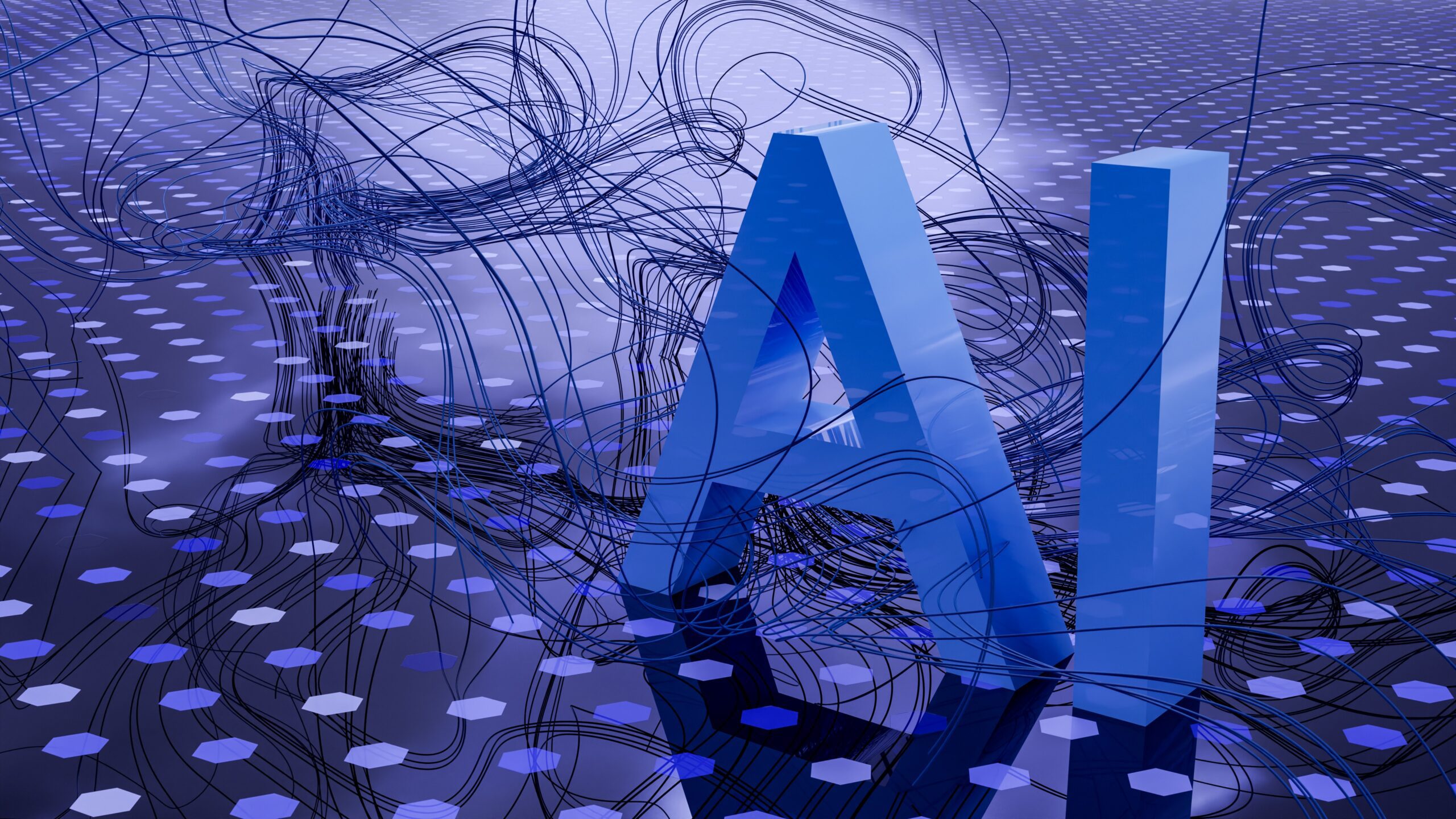
Computer science is a vast and constantly evolving field. Advancements in AI, machine learning, and natural language processing, like ChatGPT, are changing the landscape of coding and software development. ChatGPT and other AI language models can be used to generate code, but they cannot create new software or applications from scratch. This requires a deep… Read more
Biophysics: A Career in the Physical Sciences of Life

Biophysics is a multidisciplinary field that combines biology, physics, and chemistry to study the physical principles underlying biological systems. Biophysics is the key to unlocking the mysteries of life itself. It is a rapidly growing field with applications in a wide range of areas, including medicine, biotechnology, and environmental science. Biophysicists delve into the fundamental… Read more
The Best Liberal Arts Colleges for Mathematics
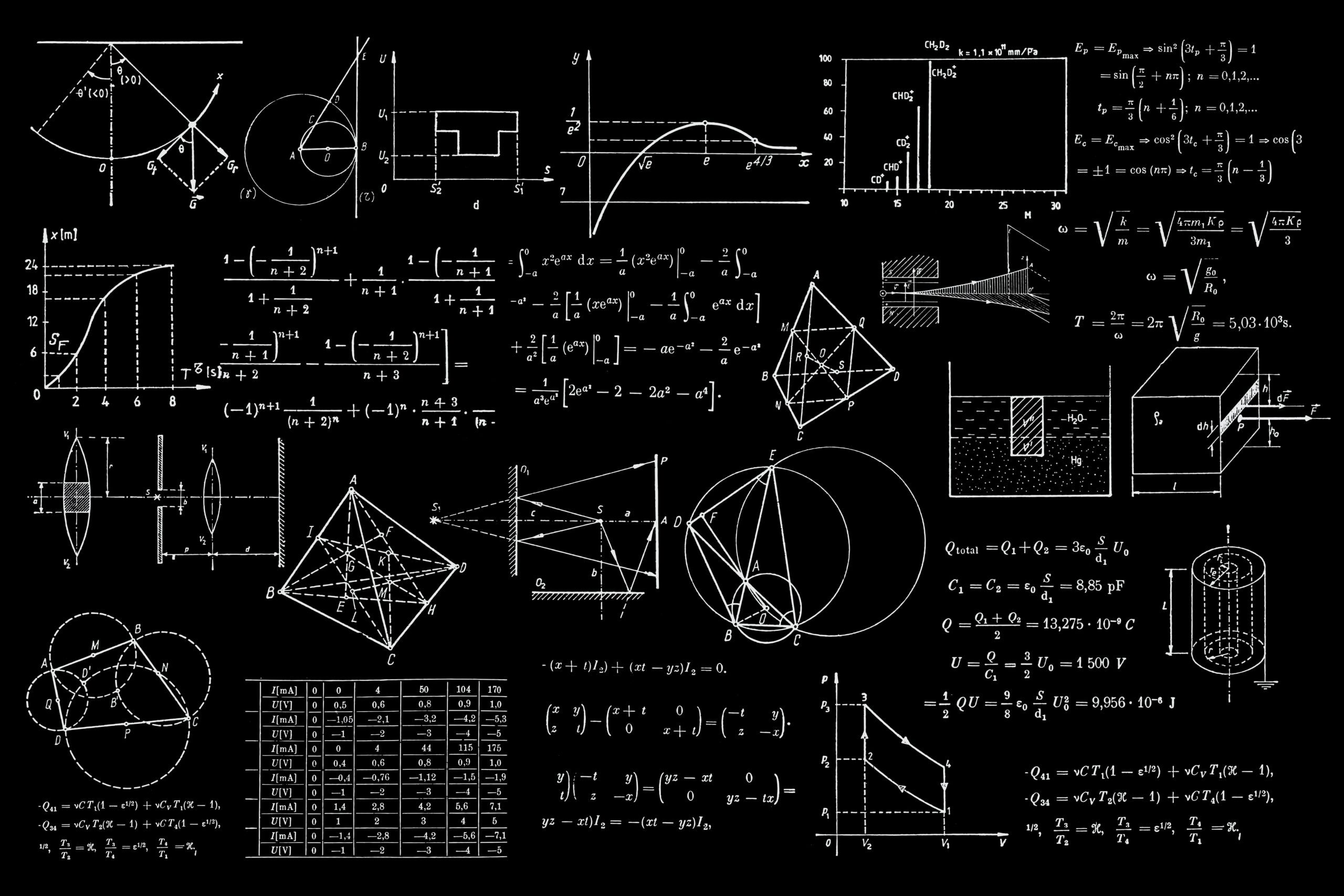
Liberal arts colleges offer an enchanting fusion of exacting mathematical training and a comprehensive academic voyage. These institutions cultivate an environment where small class sizes and close faculty-student relationships are pivotal in fostering profound engagement with mathematical intricacies. Yet, the allure of liberal arts colleges extends beyond the classroom, as they often pave the way… Read more
Soar into the Future with Drone Education and Technology

In the realm of technological advancement, Unmanned Aerial Vehicles (UAVs), popularly known as drones, have swiftly permeated various sectors, revolutionizing industries such as product delivery, surveillance, aerial photography, agriculture, geographical exploration, wildfire mapping, and even drone racing. These versatile flying machines have carved a niche in modern technology, making them one of the most exciting… Read more
Exploring Biomimicry: Nature’s Lessons for Sustainable Innovation

In a world seeking sustainable solutions to complex challenges, the concept of biomimicry has emerged as a remarkable avenue for innovation. By drawing inspiration from the natural world, biomimicry offers a fresh perspective on problem-solving and design. Biomimicry, derived from “bios,” meaning life, and “mimesis,” meaning to imitate, involves mimicking nature’s patterns, systems, and strategies… Read more
Top Summer Programmes: Yale Summer Program in Astrophysics (YSPA)

Yale Summer Program in Astrophysics (YSPA) The Yale Summer Program in Astrophysics (YSPA) is a research and enrichment program hosted at Yale’s Leitner Family Observatory and Planetarium (LFOP) for 36 rising high school seniors. YSPA students learn practical skills in computer programming, data analysis, statistics, writing, and other research methods. The students use the telescopes… Read more
Unveiling the World of Biomechanics
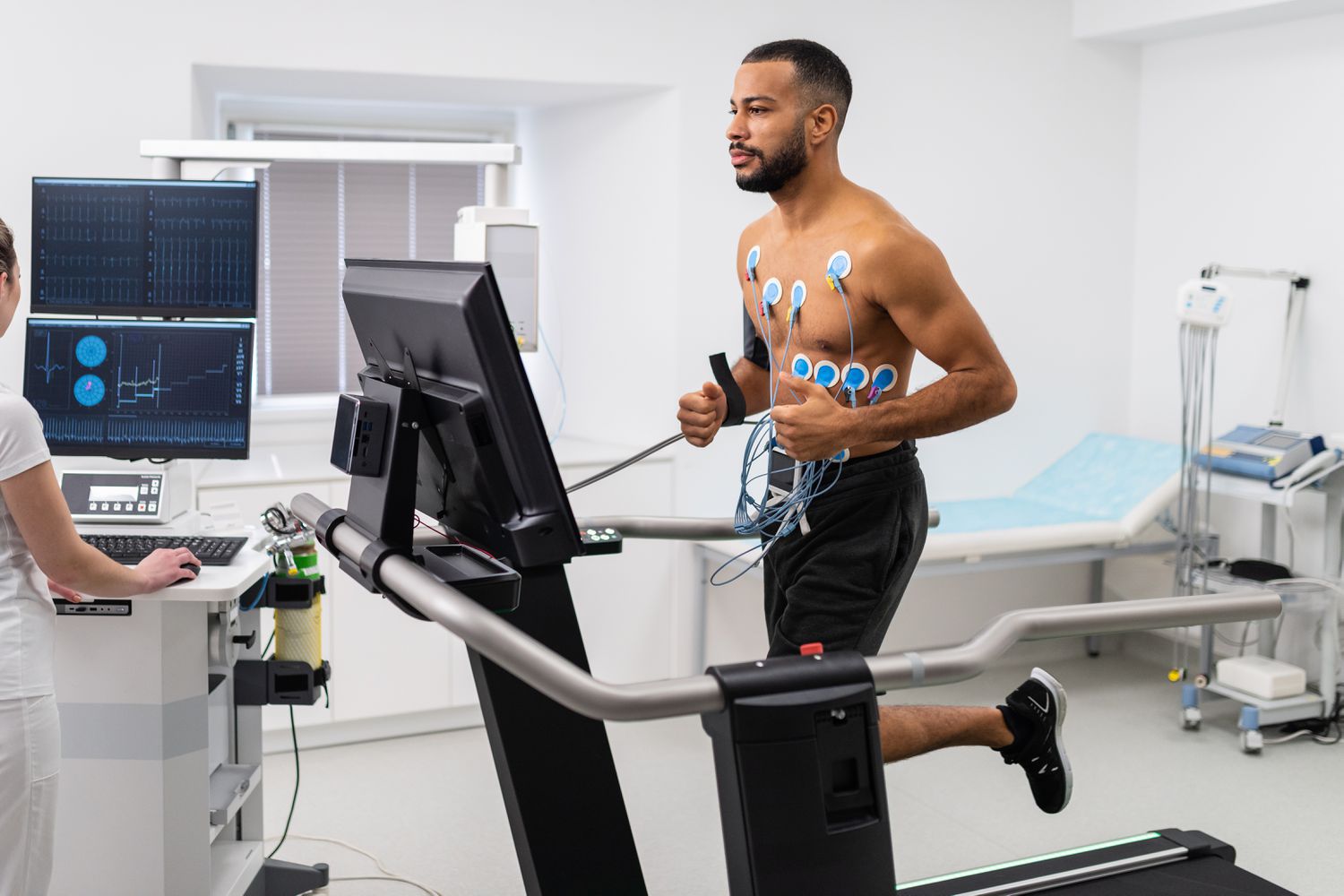
Biomechanics is the study of the mechanics of living organisms. It is an interdisciplinary field that combines principles of engineering and biology. Biomechanics is used to understand how living organisms move, how they interact with their environment, and how they respond to injury. Read more
Exploring the Best Chemistry Education Programs & Job Prospects

The field of chemistry offers an exciting array of possibilities for those who pursue a major in this discipline. Beyond the fascinating world of molecules and reactions, a chemistry degree opens doors to diverse academic programs and promising career paths. A degree in chemistry can lead to a wide variety of careers in academia, industry,… Read more
Exploring the World of Computational Linguistics
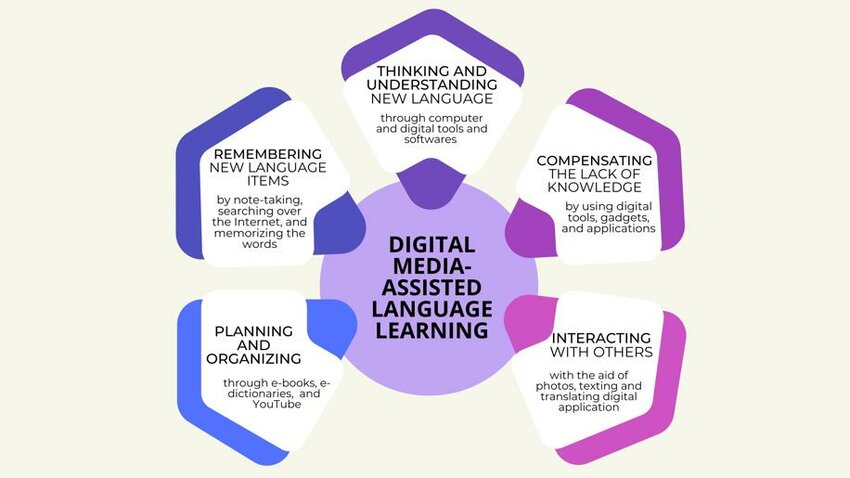
Computational linguistics is the study of how computers can be used to understand and process human language. It is a multidisciplinary field that combines computer science, linguistics, and artificial intelligence. Read more
What is Machine Learning & its Real-World Applications
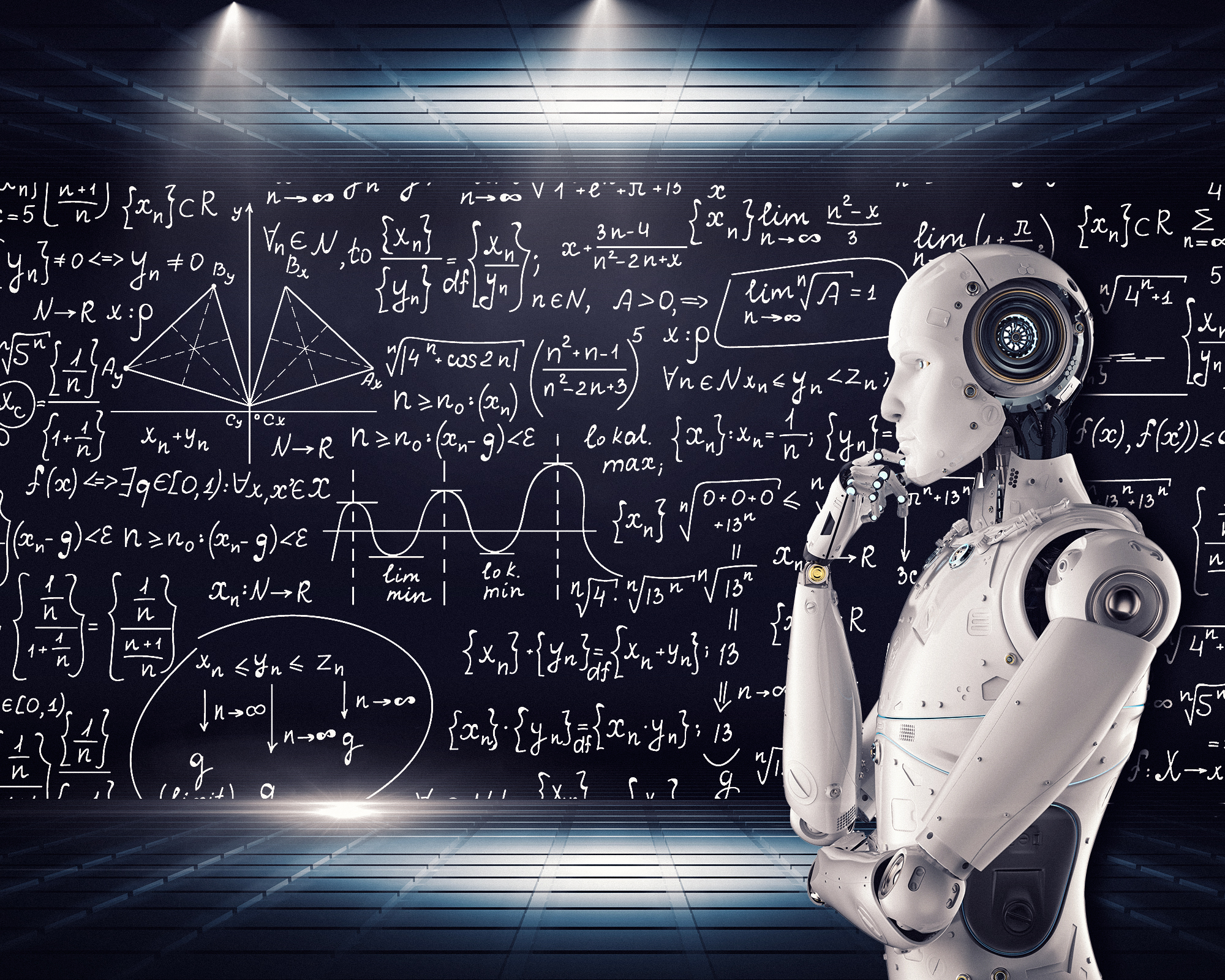
Machine learning is a subfield of artificial intelligence (AI) that allows software applications to become more accurate in predicting outcomes without being explicitly programmed to do so. Machine learning algorithms use historical data as input to predict new output values. Read more
